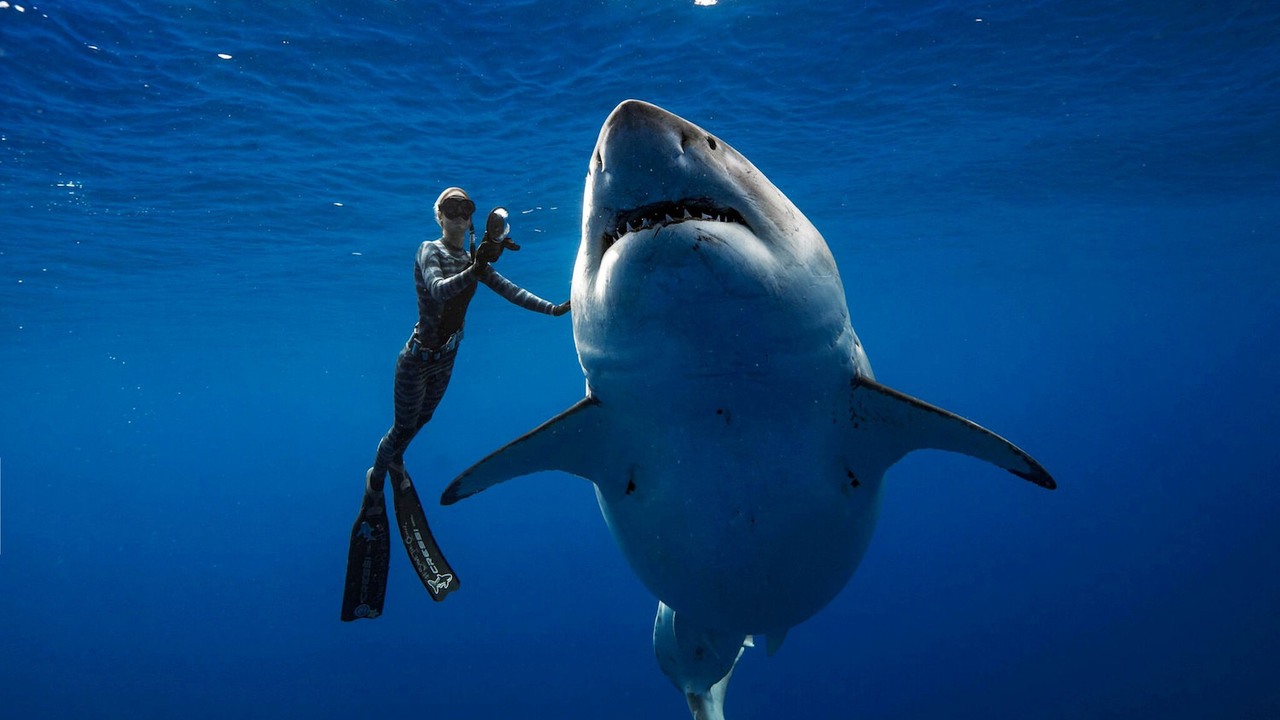Marine Life & Oceanography
Ever wonder how the ocean’s hidden world affects your swim? Whether you’re training for a marathon swim or just love a quick dip, knowing what lives beneath the surface can make your time in the water safer and more exciting. This page pulls together the best facts, stories, and tips about marine life and ocean science for swimmers like you.
Why Marine Life Matters to Swimmers
Fish, turtles, and even tiny plankton can change water temperature, clarity, and currents—all things that directly impact your stroke rate and breath control. Spotting a school of fish often means you’re in cooler water, which can help prevent overheating during long swims. Conversely, a sudden bloom of algae might make the water murkier and affect visibility. Understanding these cues lets you adapt on the fly, keeping you comfortable and confident.
Marine animals also serve as natural markers. Dolphins, for instance, often travel along feeding routes that coincide with strong, steady currents—perfect for a fast, energy‑saving swim. Learning where and when these creatures appear can help you plan routes that match your training goals. Plus, sharing a wave with a curious seal is just plain fun and adds a memorable moment to any session.
Sharks at 3,000 Feet: What You Need to Know
One of the most intriguing questions we get is whether sharks really go down to 3,000 feet. The short answer: some deep‑sea sharks do. Species like the lantern shark and the frilled shark are built for life in near‑total darkness, where pressure is crushing and food is scarce. They have special adaptations—like flexible skeletons and low‑energy metabolisms—that let them cruise at depths most swimmers will never reach.
That doesn’t mean every shark is a deep‑sea dweller. Most of the sharks you’ll encounter near coastlines—like the hammerhead or the blacktip—stay in the upper 200 feet where food is abundant and light still filters through. If you ever venture into open water far from shore, the chance of meeting a deep‑sea shark drops dramatically because those animals rarely come up unless they’re following a hungry prey.
So, what does this mean for you? If you’re training in open water, focus on staying aware of surface conditions and local wildlife patterns rather than worrying about 3,000‑foot predators. Knowing which species inhabit your swim area helps you respect their space and stay safe. Most importantly, keep an eye on the water’s temperature and clarity—those are the real signals for safe swimming.
Beyond sharks, oceanography gives you tools to read the water. Tides, wind patterns, and thermoclines (layers where temperature changes quickly) can all affect how you feel during a swim. A strong thermocline might cause a sudden chill, while a favorable tide can push you along with less effort. Using a simple tide chart or a handheld GPS can turn these natural forces into allies.
Want to learn more? Join local marine‑biology talks, watch documentaries about deep‑sea life, or sign up for a beach‑cleanup. Each experience adds a layer of understanding that makes your water time richer. And if you’re curious about the shark depth story, check out the post titled “Do sharks go down to 3,000 feet to swim?”—it breaks down the facts in plain language.
Open water swimming isn’t just about technique; it’s about connecting with the ocean’s living system. When you respect marine life and learn from oceanography, you become a smarter, safer swimmer. So next time you lace up your wetsuit, take a moment to think about the creatures below and the science that moves the water. It’ll change the way you glide through the blue.

Do sharks go down to 3,000 feet to swim?
In my recent exploration of marine life, I've discovered that sharks indeed venture down to 3,000 feet below the ocean's surface! It's truly fascinating that these creatures are capable of thriving in such extreme conditions. However, not all shark species are found at these depths, with some preferring shallower waters. Predominantly, it's the deep-sea sharks that we find at these incredible depths. So, yes, while it's not common for all sharks, some do indeed make the deep-sea their home.